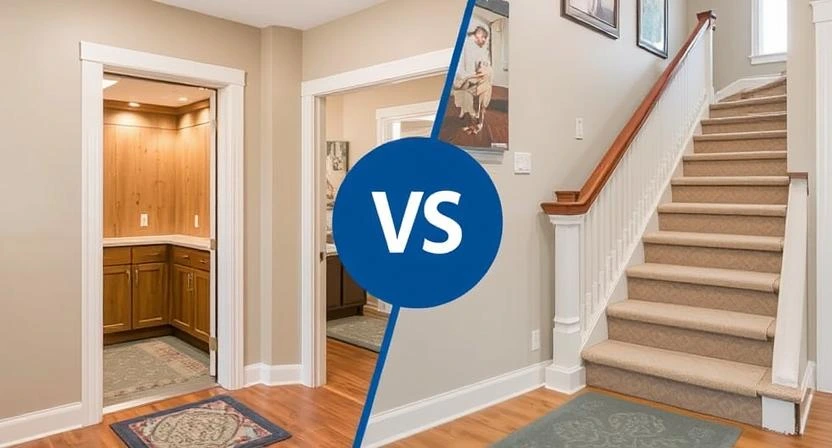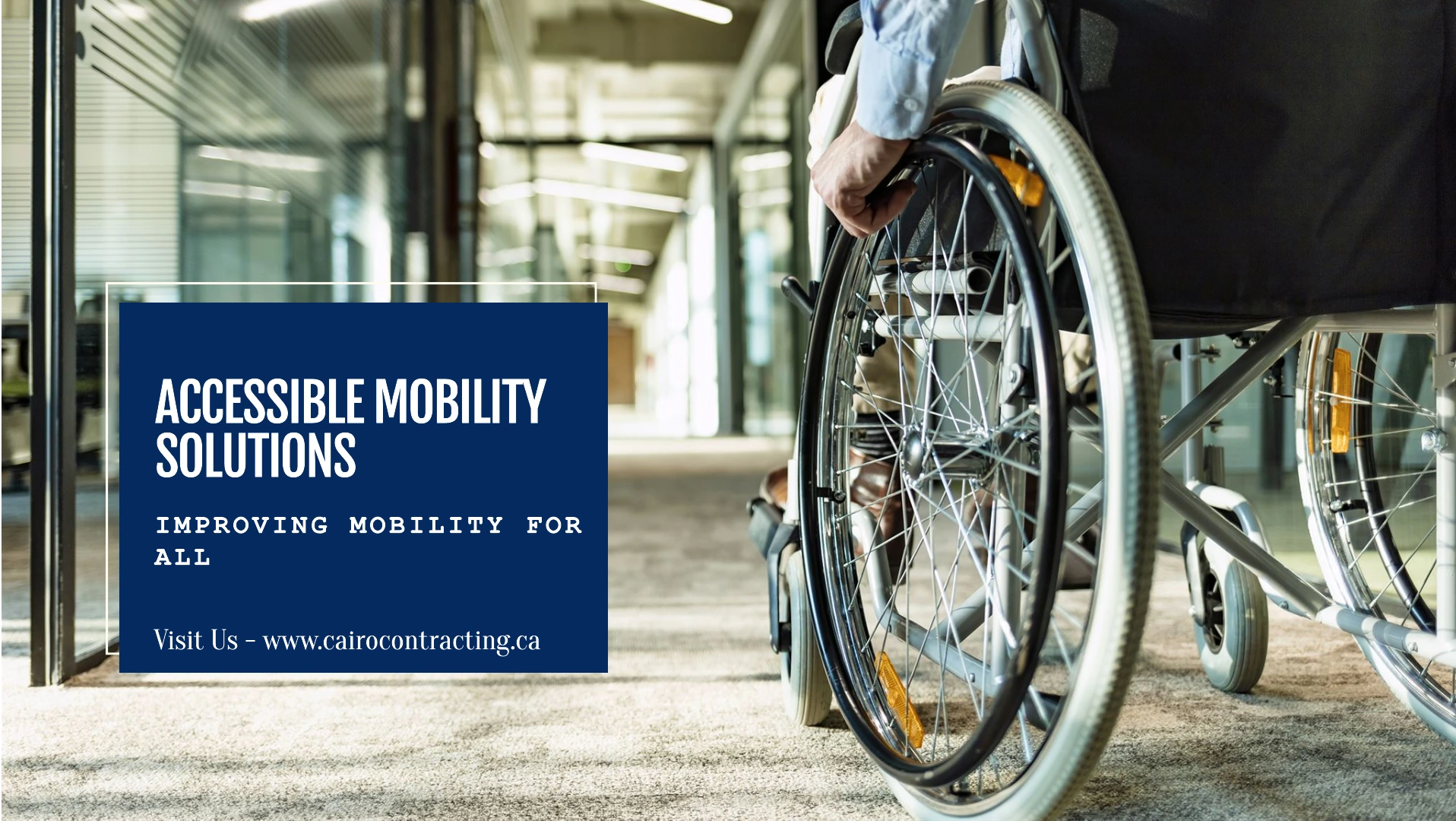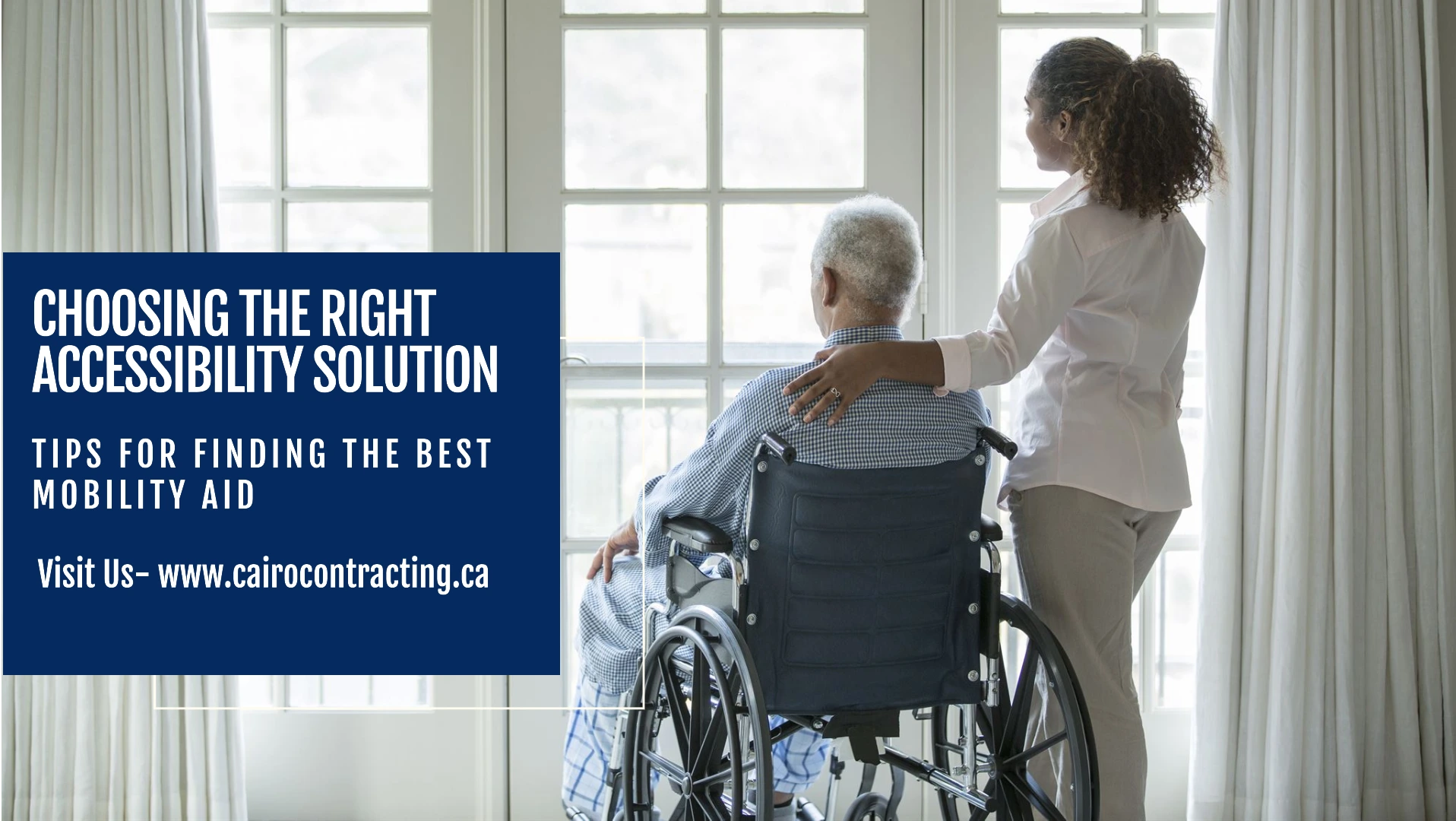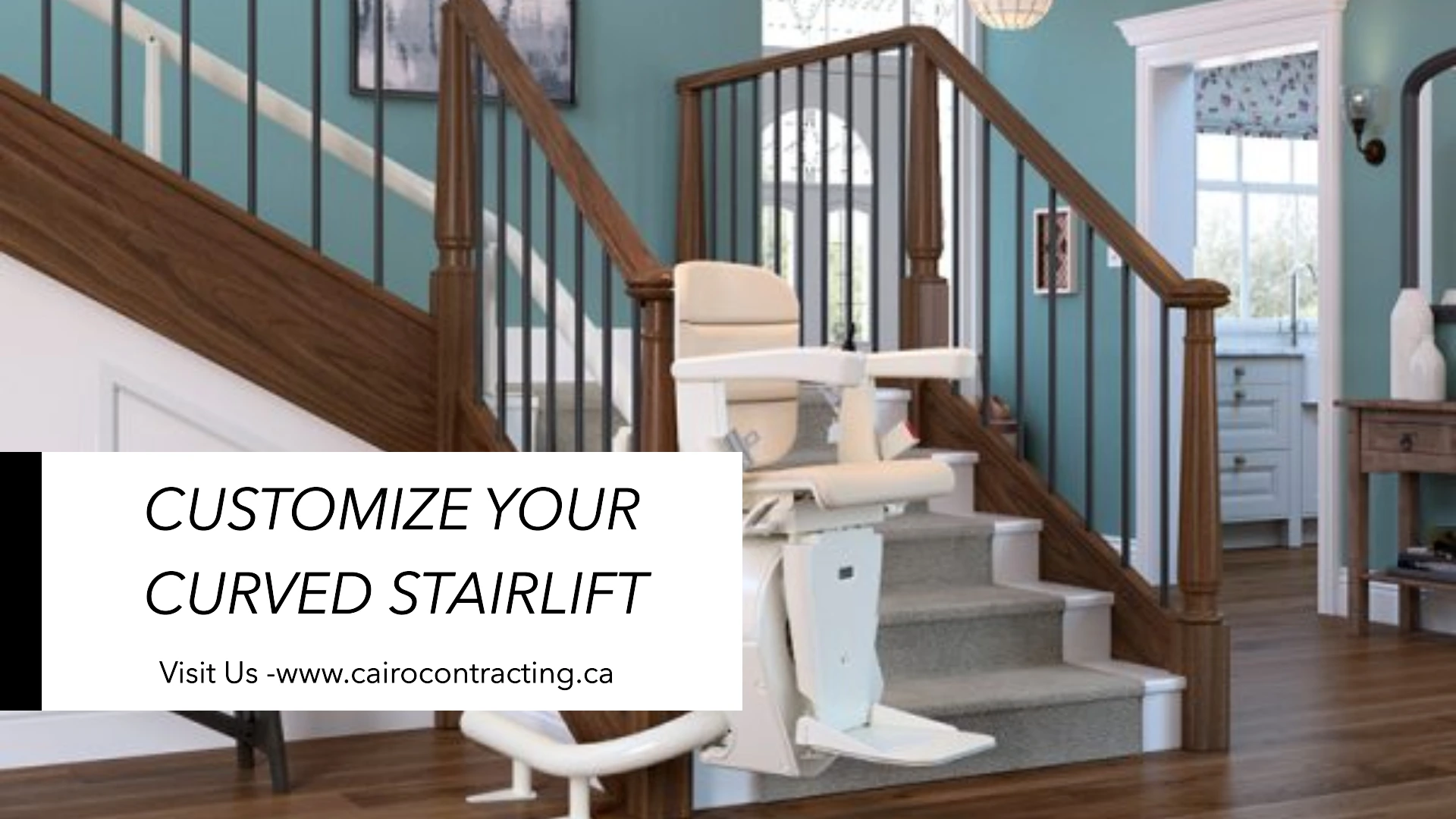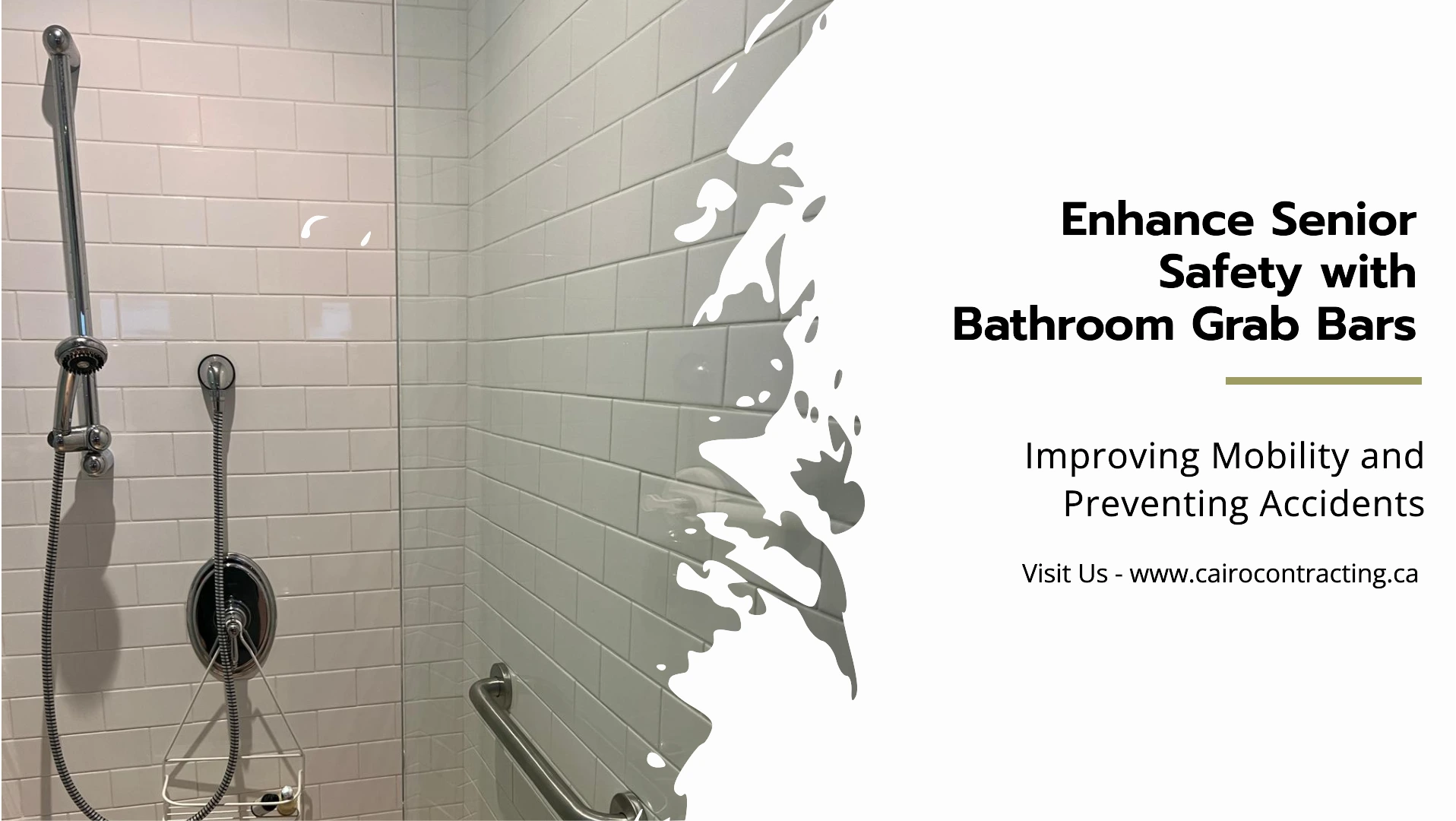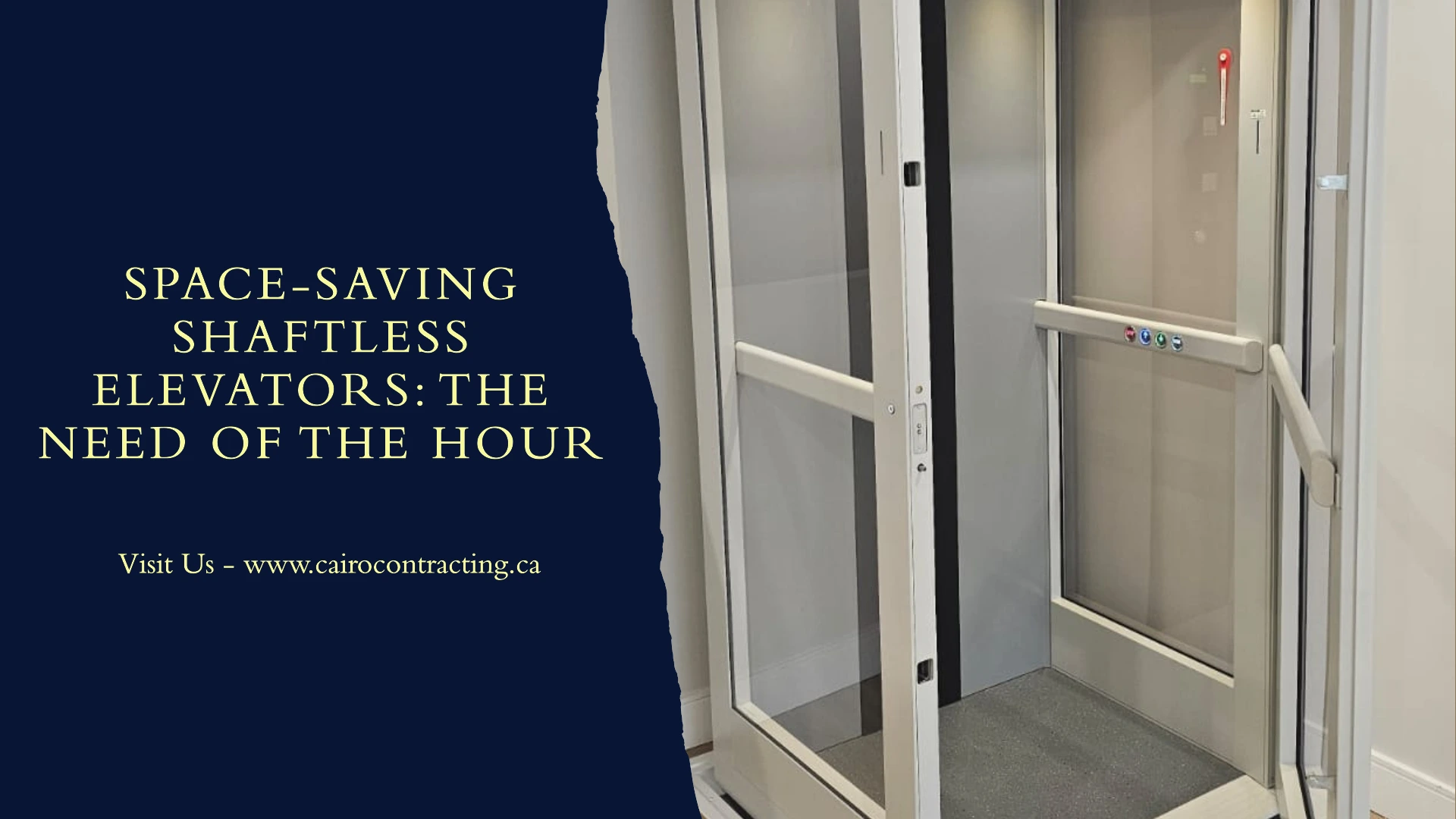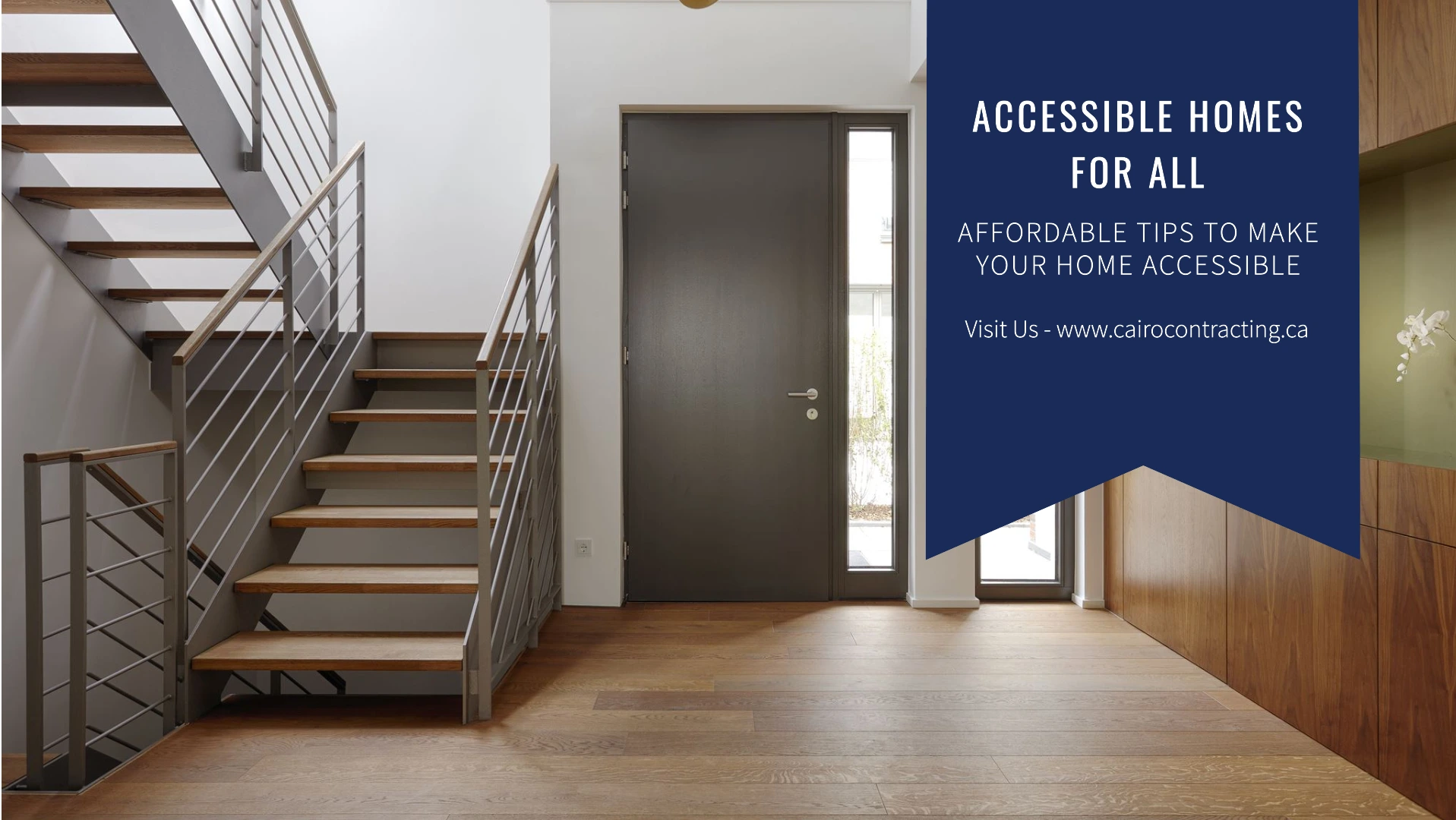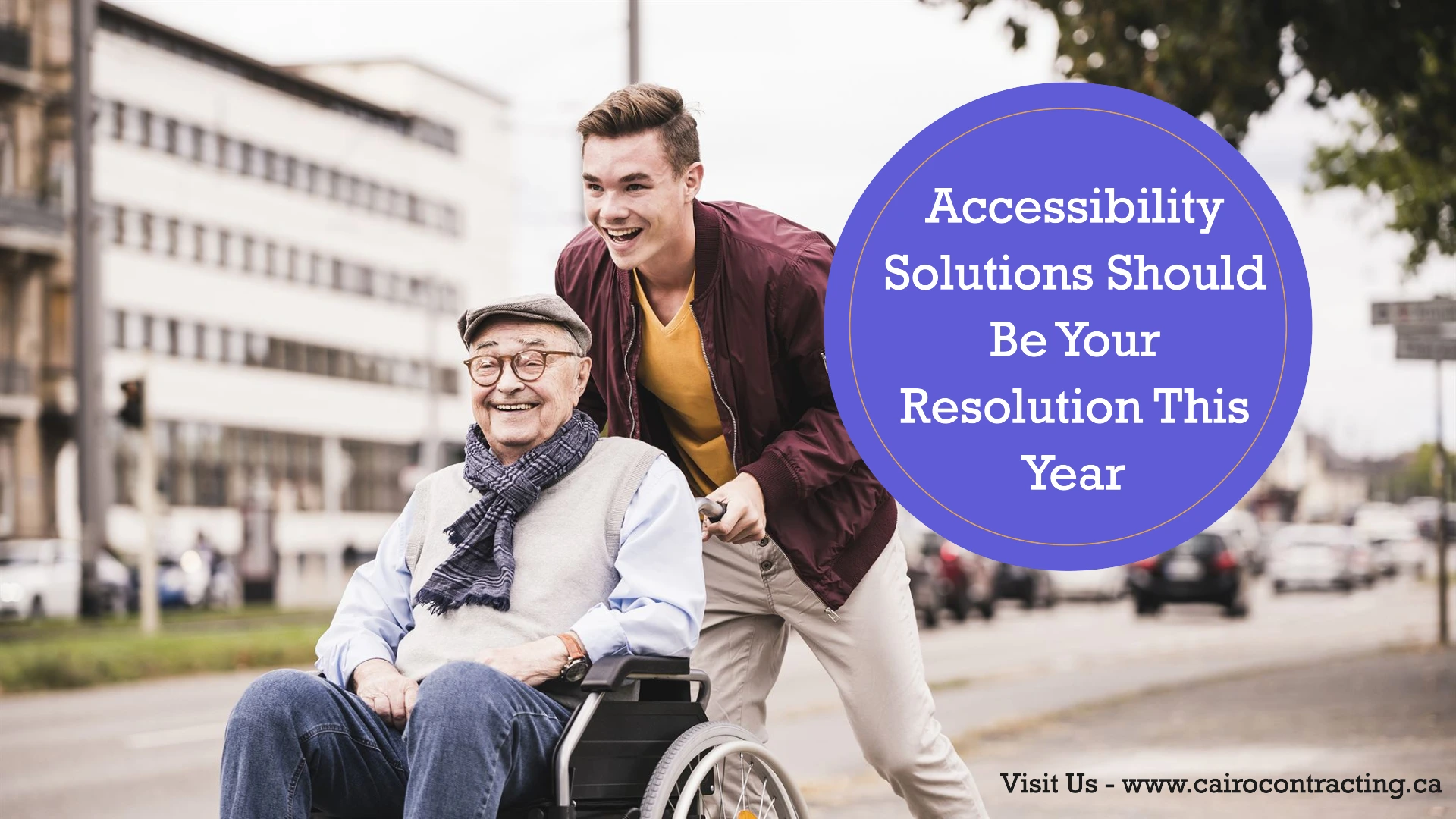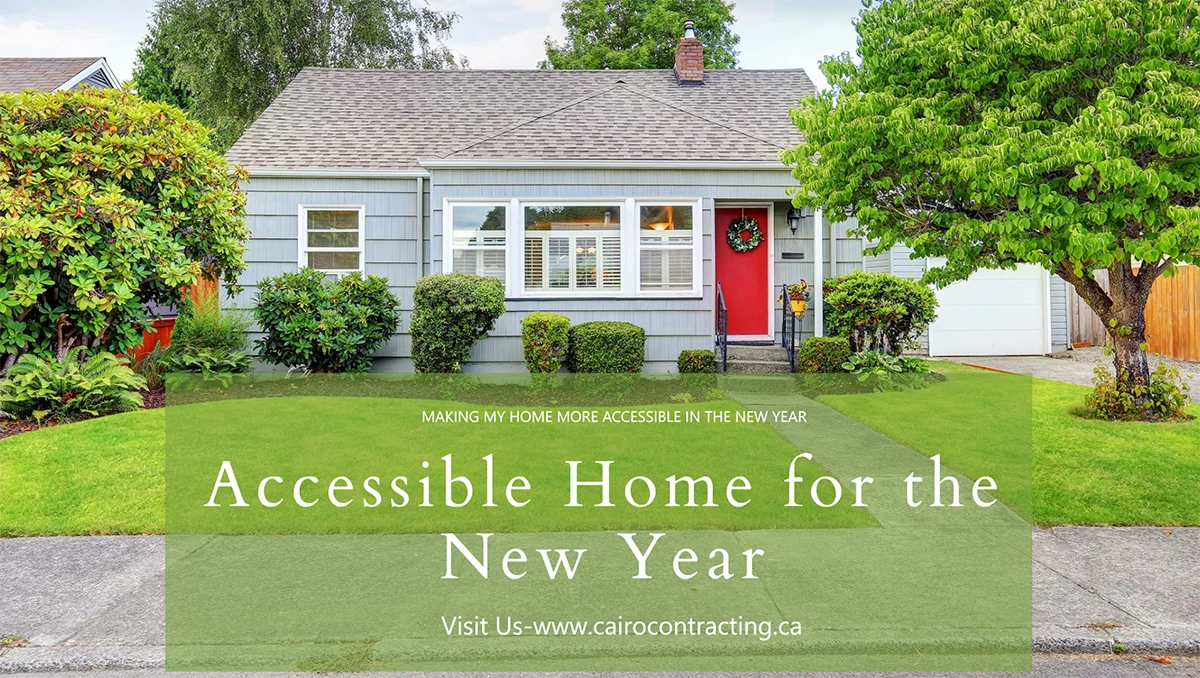Making a home or building accessible for mobility is essential for individuals with physical disabilities or limited mobility. Here are some key improvements and considerations to enhance accessibility:
1. Ramps
Exterior Ramps: Ensure all entrances have ramps with a gentle slope (typically a 1:12 ratio of rise to run) and non-slip surfaces.
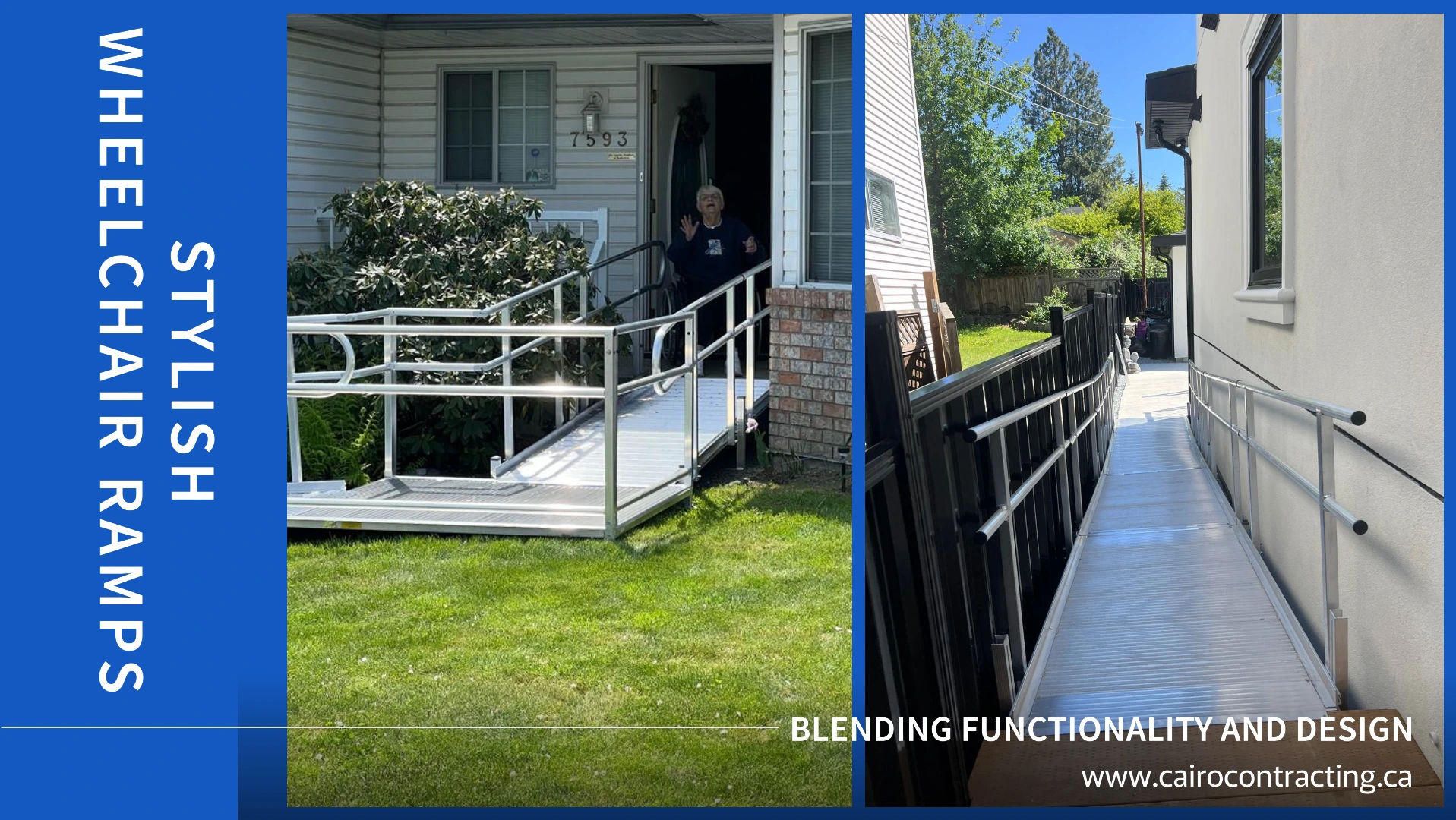
Interior Ramps: For multi-level homes or buildings, include interior ramps where stairs might be challenging. These should be wide enough for wheelchair access.
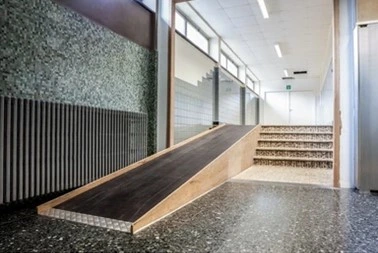
Doorways and Hallways
- Wide Doorways: Ensure doorways are at least 32 inches wide to accommodate wheelchairs and walkers.
- Automatic Doors: Install automatic door openers at high-traffic entrances.
- Clear Pathways: Keep hallways and doorways clear of obstacles to allow easy movement. Consider rounded furniture edges to prevent accidents
Stairways and Elevators
Stair Lifts: If installing an elevator isn’t feasible, a stair lift is a good alternative for individuals who cannot navigate stairs.
Elevator: For multi-story buildings, install an elevator with clear easy-to-read controls, and space for a wheelchair.
Bathrooms
- Roll-in Showers: Install roll-in showers with no thresholds for easy access. Include grab bars around the shower, toilet, and sink for extra support.
- Raised Toilets: Consider higher toilets or adjustable ones for easier transfers.
- Lowered Sinks: Install sinks that are at a height that is wheelchair accessible (generally 30-34 inches from the floor).
- Grab Bars: In the shower and beside the toilet, install sturdy grab bars.
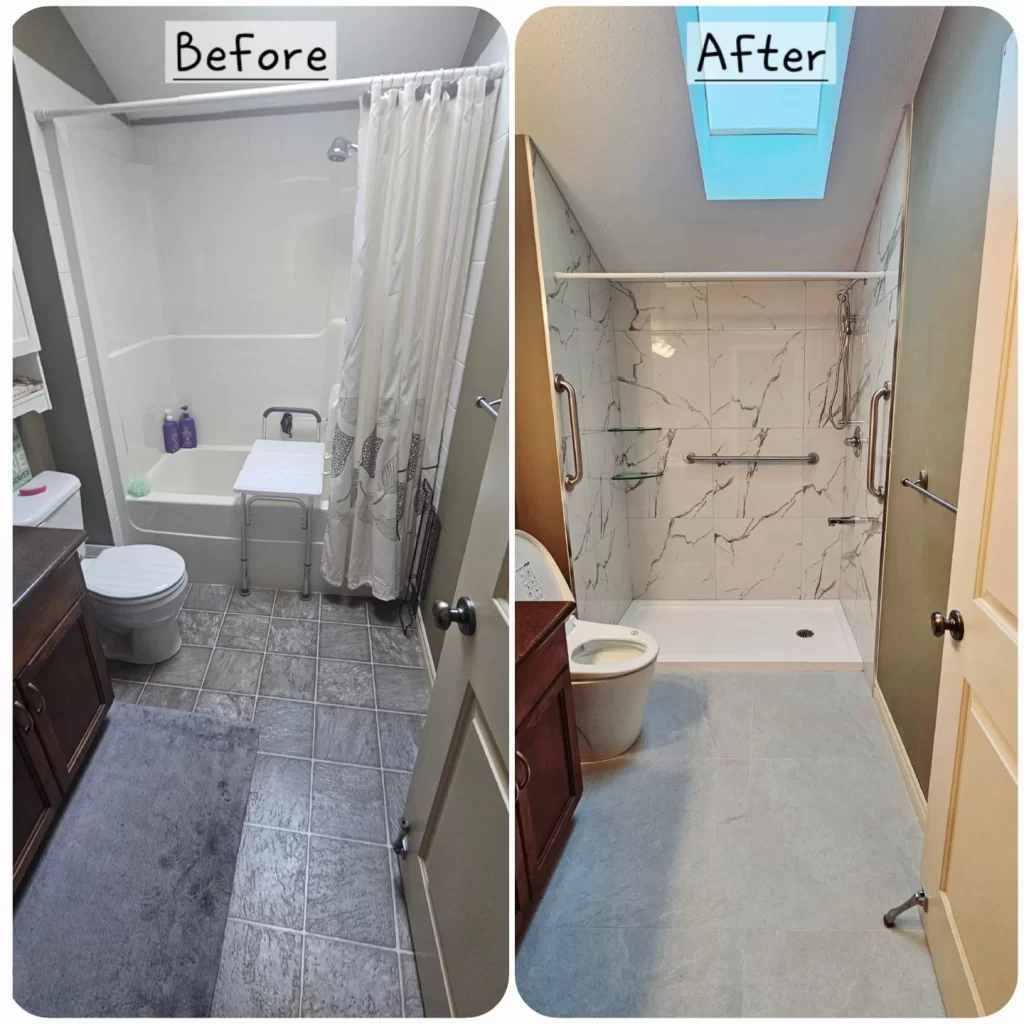
Kitchen Accessibility
- Lower Countertops: Countertops and sinks should be lowered to accommodate wheelchair users.
- Pull-out Shelves and Drawers: Use pull-out shelves and drawers that allow easier access to kitchen items.
- Accessible Appliances: Ensure appliances like stoves, microwaves, and dishwashers are within easy reach. Induction cooktops are a good choice as they can be installed at a lower height.
Flooring
- Non-Slip Floors: Use non-slip flooring materials such as textured vinyl, rubber, or smooth, low-pile carpet. Avoid high-pile carpeting, which can be difficult to navigate with mobility aids.
- Even Flooring: Ensure that floors are level, with no gaps or tripping hazards.
Safety Features
- Clear Signage and Markings: Use large, contrasting, and easily readable signs to guide individuals to essential areas like bathrooms, exits, or elevators.
- Emergency Systems: Install emergency alert systems that can be activated from a bed or chair, such as pull cords in the bathroom or an emergency alert button.
By implementing these changes, homes and buildings can become more accessible, providing greater independence and comfort to those with mobility challenges. Get in touch with Cairo Contracting to get Free Quotes for making your life accessible for mobility!
